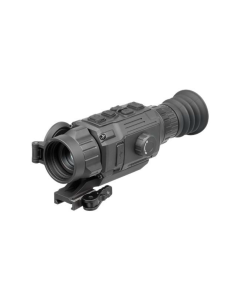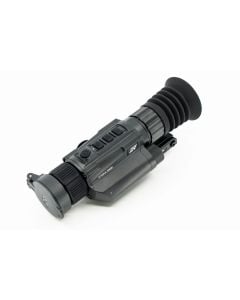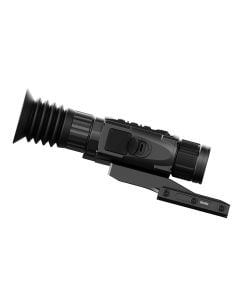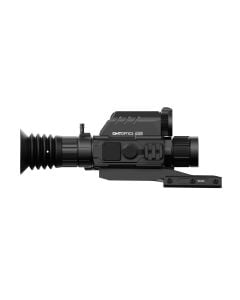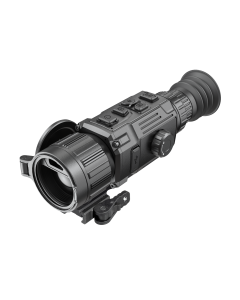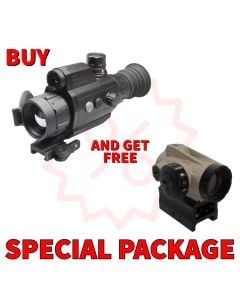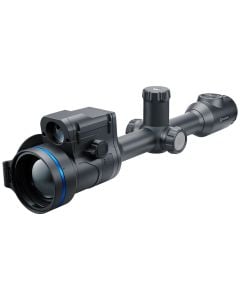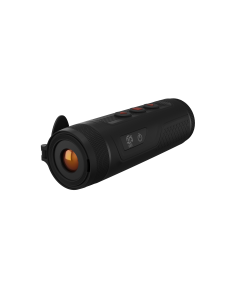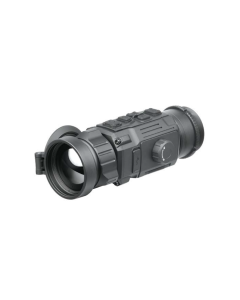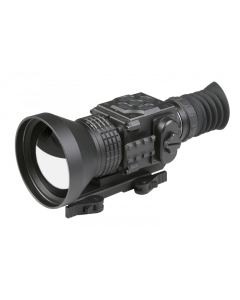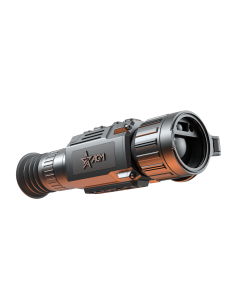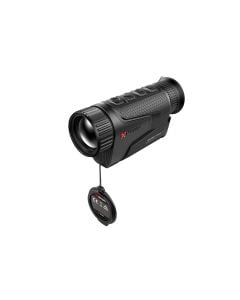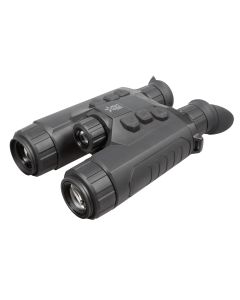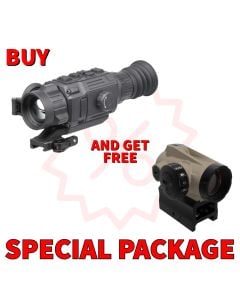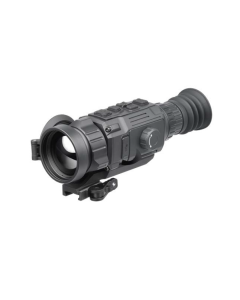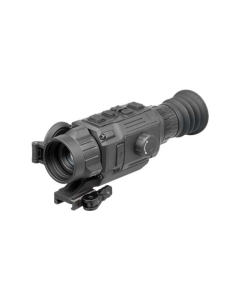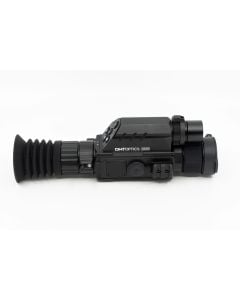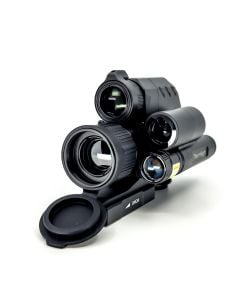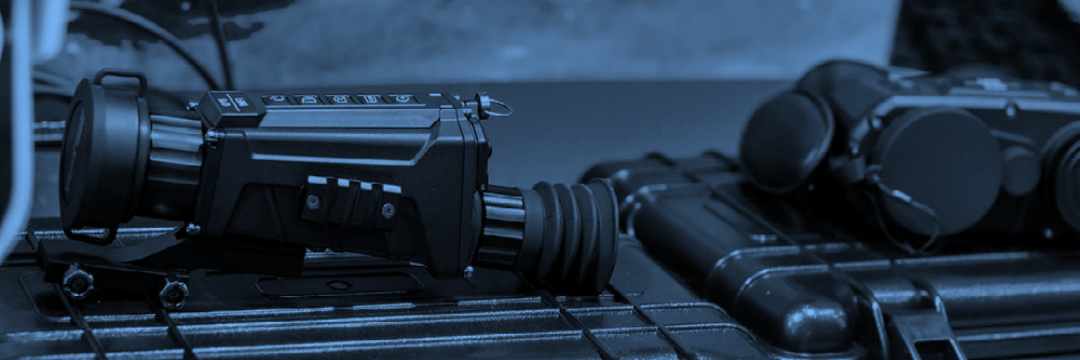
Thermal vision devices have become one of the most cost-effective systems on the market. Where night vision used to be the most affordable route, thermal imaging technology has, over the years, become much more accessible to the consumer market.
Thermal devices offer a unique advantage, as they can be used in both day and night conditions, unlike night vision devices that are highly sensitive to light.
Thermal devices are available in various forms, including monoculars, goggles, binoculars, bi-oculars, and weapon-mountable systems, providing a solution for almost any application. These devices detect heat signatures, also known as infrared energy signatures, which refer to the infrared radiation emitted by objects due to their heat. The hotter an object, the more infrared radiation it emits, making thermal imaging ideal for detecting living beings or heat-producing objects in low-visibility conditions. Thermal devices come in different resolution options, such as 160, 256, 384, and 640, providing varying levels of detail and clarity. The NETD (Noise Equivalent Temperature Difference) starts at 40 mk and goes as low as 20 mk, offering improved detection and recognition capabilities with lower millikelvin values. In other words, the lower the millikelvin sensor, the better the device’s detection range and sensitivity. Most thermal devices come equipped with optical and digital magnification, offering flexibility in viewing distances. Additionally, thermal vision devices often feature customizable color palettes, multiple reticle options, image capture, Wi-Fi, hot track, rangefinder, and recording capabilities. Many devices also come with replaceable batteries.
















